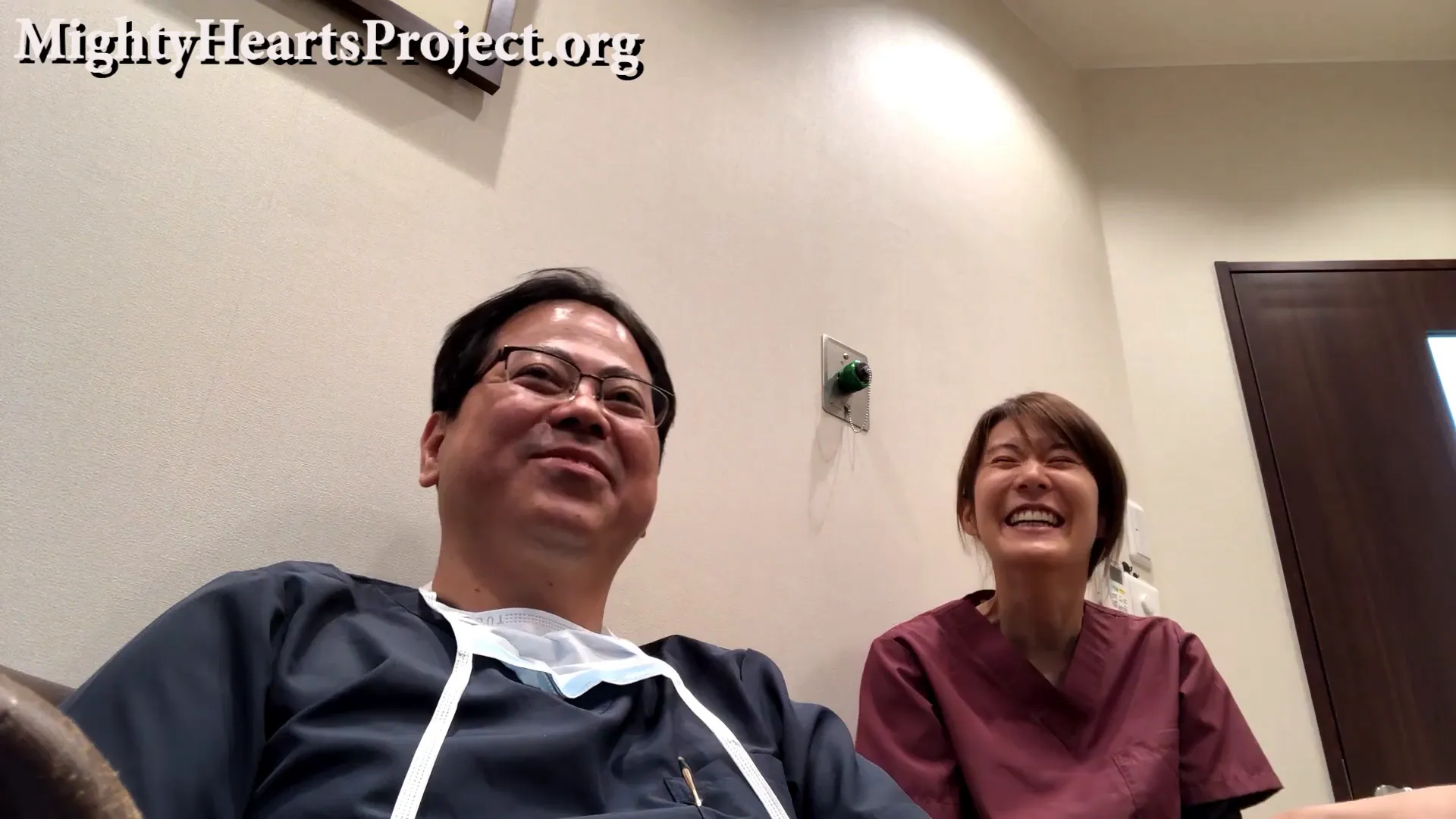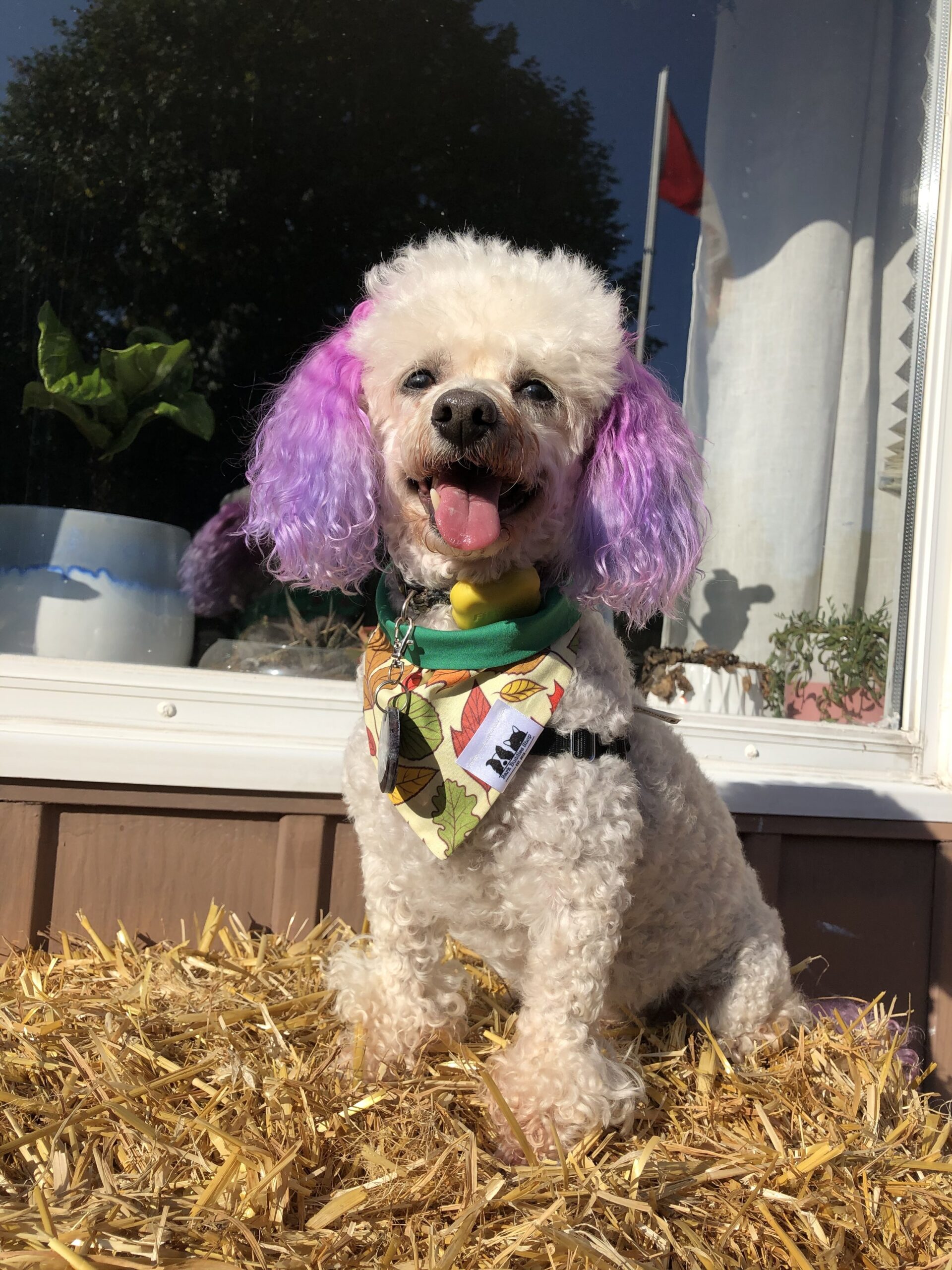Inside MVR Open Heart Surgery for Dogs: A Conversation with Dr. Masami Uechi
When it comes to advanced veterinary care, especially for dogs with serious heart conditions, few procedures are as remarkable and life-saving as open heart surgery. At the forefront of this specialized field are Dr. Masami Uechi and Dr. Sayaka Takayuchi, two highly respected veterinarians from Jasmine Clinic in Japan. Their pioneering work in mitral valve repair surgery has been transforming the lives of countless dogs suffering from degenerative mitral valve disease—offering hope where medical therapy alone falls short.
In this detailed article, we dive deep into their journey, surgical techniques, patient care strategies, and advice for dog owners. Whether you’re a pet parent navigating your dog’s heart disease diagnosis or a veterinary professional curious about cutting-edge cardiac surgery, you’ll find valuable insights here.

Table of Contents
- The Journey to Open Heart Surgery: From Internal Medicine to Surgical Innovation
- Understanding Surgical Candidacy: When to Opt for Surgery?
- Post-Operative Care: Managing Activity and Recovery
- Why Does Disease Progress After Surgery?
- Mitral Valve Prolapse After Surgery: How Common Is It?
- The Surgical Team and Patient Care at Jasmine Clinic
- Gratitude and Future Vision
- Frequently Asked Questions (FAQ)
- Conclusion
The Journey to Open Heart Surgery: From Internal Medicine to Surgical Innovation
Dr. Masami Uechi’s path to becoming a leader in canine open heart surgery is both inspiring and unconventional. Originally an internal medicine professor at a university, Dr. Uechi cared for many dogs suffering from congestive heart failure due to mitral valve disease. Although medical treatment helped, he recognized its limitations and believed surgical intervention was necessary to improve outcomes.
“Somebody should do surgery,” he decided, setting him on a path to develop his own surgical techniques. But what makes his story unique is how he learned these skills—not through formal training but through rigorous trial and error. Working alongside fellow veterinary students, Dr. Uechi conducted numerous experimental surgeries on dogs with heart disease, gradually refining his skills in mitral valve repair and bypass procedures.
Prior to this, he did general surgery during his internship, but when he became an internal medicine professor, surgery was no longer his primary focus. It was this gap that motivated him to pioneer cardiac surgery techniques, combining his internal medicine expertise with surgical innovation to save dogs that otherwise faced limited options.
Understanding Surgical Candidacy: When to Opt for Surgery?
One of the most frequently asked questions by dog owners facing mitral valve disease is the timing of surgery. Dr. Uechi has performed surgeries on dogs ranging from Stage B2 (early disease with no symptoms) to Stage D (advanced disease with severe symptoms). His experience and clinic data provide clear guidance on when surgery is most beneficial.
Stage B2: Early Intervention with Excellent Outcomes
Dogs diagnosed at Stage B2 have mild degenerative changes in their mitral valves but no overt symptoms yet. Surgery at this stage offers the best outcomes, with a three-month post-operative survival rate of 97%. The mitral valve tissue is still relatively healthy, making it easier to suture and repair effectively.
Moreover, complication rates are lower, and dogs typically look much better at discharge compared to those operated on later. However, Dr. Uechi stresses that owners must understand surgery carries inherent risks, even in asymptomatic dogs. While early surgery can prevent disease progression, it is not without possible complications.
Stage C: Surgery Recommended Without Delay
Stage C dogs have experienced congestive heart failure symptoms, and surgical intervention is strongly recommended immediately. According to Jasmine Clinic’s statistics, the survival rate three months after surgery is about 92%, which is very encouraging.
Despite some increased risks due to the severity of heart and lung involvement, surgery significantly improves quality of life and longevity. Waiting until further progression is generally not advised, as the risks and complications increase with advancing disease.
Stage D: Surgery Still Viable but More Challenging
Stage D represents the most advanced disease stage, with severe degenerative changes and ongoing heart failure. Surgery is still indicated and can be life-saving, but it requires specialized adjustments. The mitral valve tissue is extremely fragile, and Dr. Uechi modifies his surgical techniques to reduce the risk of regurgitation recurrence.
The three-month post-op survival rate at this stage is around 91%, not significantly lower than Stage C dogs, but recovery tends to be slower. Anesthesia and post-operative care are more complex due to the compromised state of the heart and lungs.
Post-Operative Care: Managing Activity and Recovery
After the surgery, ensuring proper recovery is critical. Dr. Uechi highlights that the first month post-operation is the most sensitive period. During this time, dogs should not run off-leash or even walk on a leash outside. Limited movement inside the house is acceptable—for example, running to greet their owners—but jumping on furniture or climbing stairs should be strictly avoided.
This cautious approach helps protect the healing heart tissues and sutures. After one month, dogs can gradually resume walking outside, but vigorous activity and uncontrolled running remain discouraged, especially for Stage D dogs, whose disease progression may continue even after surgery.
For dogs in earlier stages (B2 and early C), some more activity is permissible, but owners should still avoid encouraging jumping or strenuous exercise, as these can exacerbate valve stress and disease progression.
Exercise Recommendations Before Surgery
Interestingly, Dr. Uechi also recommends limiting vigorous exercise prior to surgery for dogs beyond Stage C. For these dogs, avoiding jumping, climbing, or rapid running may help slow the progression of valve degeneration and congestive heart failure symptoms. While this advice is his personal opinion and may differ from cardiologists elsewhere, it reflects the practical experience at Jasmine Clinic.
Why Does Disease Progress After Surgery?
A natural question many owners ask is why mitral valve disease continues to progress even after surgical repair, especially in advanced stages. The answer lies in the degenerative nature of the disease. Surgery repairs the valve but does not halt the underlying biological processes causing tissue weakening and valve deterioration.
Additionally, aging plays a role in tissue fragility. In dogs operated at earlier stages, sutures are placed on healthier valve tissue, which integrates well as the dog’s own cells grow over the suture material, creating a strong, stable repair.
In contrast, Stage D dogs have severely fragile and thickened tissues, making it harder for the repair to hold long-term. This explains why post-operative management and cautious activity remain crucial to prolonging benefits.
Mitral Valve Prolapse After Surgery: How Common Is It?
Mitral valve prolapse—a condition where the repaired valve leaflets bulge backward—was more common in the early days of Dr. Uechi’s surgical practice. However, through continuous learning and refining his techniques, he has significantly reduced this complication.
Today, the surgical methods used at Jasmine Clinic specifically address the risk of prolapse, and the incidence in recent patients is much lower. This ongoing evolution of technique highlights the importance of experience and innovation in veterinary cardiac surgery.
The Surgical Team and Patient Care at Jasmine Clinic
Dr. Sayaka Takayuchi, who trained internationally across Japan, Singapore, and Australia, plays a key role in the surgical and post-operative care teams at Jasmine Clinic. With a background that includes veterinary school in Australia and experience in Singapore’s open heart surgery programs, she bridges global expertise with the clinic’s advanced surgical work.
For overseas patients, Dr. Takayuchi is the primary contact, coordinating care and assigning veterinarians and nurses to provide attentive post-op monitoring, especially in the Intensive Care Unit (ICU). The team’s collaborative approach ensures every patient receives personalized and expert care.
The surgical team itself includes at least five veterinarians during mitral valve repair, with seven to eight staff members available at Jasmine Clinic. Dr. Uechil works closely with assistants to minimize the time the heart is stopped, aiming for speedy and efficient surgery to reduce risks.
Gratitude and Future Vision
Dr. Uechi expresses heartfelt gratitude to the many dog owners who have traveled internationally to seek his expertise. He is amazed by the global demand for this surgery and motivated to continue improving his skills. His goal is to not only save more dogs but also to teach this technique worldwide, potentially expanding it to cats and other patients.
From a humble start with midnight surgeries and trial-and-error learning, Dr. Uechi’s surgical skill has now stabilized to the point where he can perform up to three mitral valve repairs in a single day—an extraordinary achievement that reflects his dedication and passion.
Frequently Asked Questions (FAQ)
1. What is mitral valve disease in dogs?
Mitral valve disease is a common heart condition where the valve between the left atrium and left ventricle degrades, causing blood to leak backward (regurgitation), leading to heart enlargement and eventually congestive heart failure.
2. When should surgery be considered for a dog with mitral valve disease?
Surgery is most beneficial starting at Stage B2 or Stage C, before severe symptoms develop. Early intervention offers better survival rates and fewer complications, but surgery is also indicated for Stage D dogs with more advanced disease.
3. What are the risks of mitral valve repair surgery?
As with any open heart surgery, risks include complications from anesthesia, infection, bleeding, and the possibility that the repair may not fully stop disease progression. However, survival rates at Jasmine Clinic are very high—up to 97% at three months post-op for early-stage dogs.
4. How should I care for my dog after mitral valve surgery?
Limit your dog’s activity for the first month, avoiding running, jumping, and climbing. Gradually reintroduce leash walks, but keep exercise moderate to protect the healing heart. Post-op care and monitoring by veterinarians are essential.
5. Can mitral valve disease progress even after surgery?
Yes, mitral valve disease is degenerative and may continue to progress despite surgical repair. Early surgery places sutures in healthier tissue, which integrates well, but advanced disease tissue is fragile, making progression more likely.
Conclusion
The work of Dr. Masami Uechi and Dr. Sayaka Takayuchi at Jasmine Clinic represents a beacon of hope for dogs suffering from mitral valve disease. Their dedication to refining surgical techniques, combined with comprehensive patient care, has significantly improved survival and quality of life for affected dogs worldwide.
For dog owners, understanding the stages of disease, the timing of surgery, and the importance of post-operative care can make a crucial difference in outcomes. While surgery is not without risks, the data and experience from Jasmine Clinic show that for many dogs, it can be a life-saving intervention.
As veterinary cardiac surgery continues to evolve, the commitment of experts like Dr. Uechi and Dr. Takayuchi to share knowledge and improve techniques promises a brighter future for pets facing heart disease everywhere.








